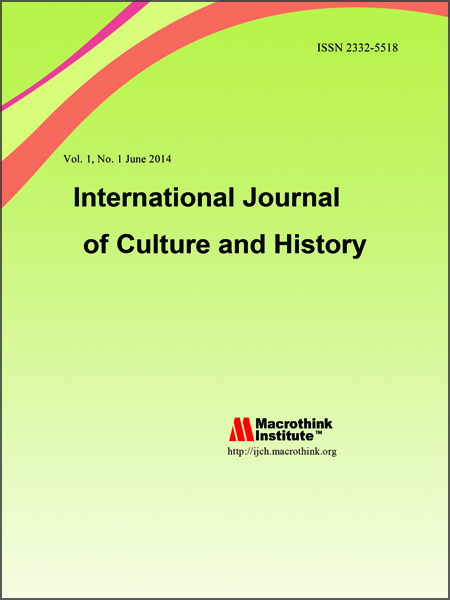Su Shi’s “Transforming into Bamboos” and John Keats’ “Negative Capability”: A Comparative Study
DOI:
https://doi.org/10.5296/ijch.v8i1.18507Abstract
The seemingly identical artistic terms put forward respectively by the Chinese poet Su Shi and English poet John Keats, “Transforming into Bamboos” and “Negative Capability” contain significant differences due to their distinct cultural context and the poets’ personal experience. Firstly, their subjective mentalities are different. Rather than the total repression of human faculties and the Taoist world-weary attitude, Su Shi advocates an initiative subject, a fully charged mind with a deep humanistic concern; while for Keats, a state of passiveness and receptiveness overwhelms the exercise of intelligence and reason. Secondly, their ways of approaching “Truth” are different. Su Shi values both talent and hard practice, together with a dialectical attitude towards language and media while Keats emphasizes a dispossessed ego, an imaginative soul,a chameleon quality, and a full trust on language and symbols. Thirdly, the claimed “Truth” they are pursuing are different. For Su Shi, the goal of “Transforming into Bamboos” is to catch Li(理) , a Confucian variant or derivation of Tao while what Keats looks for through “Negative Capability” is an aesthetic utopia where he finds justice for his art and himself under an age of industrialization.

